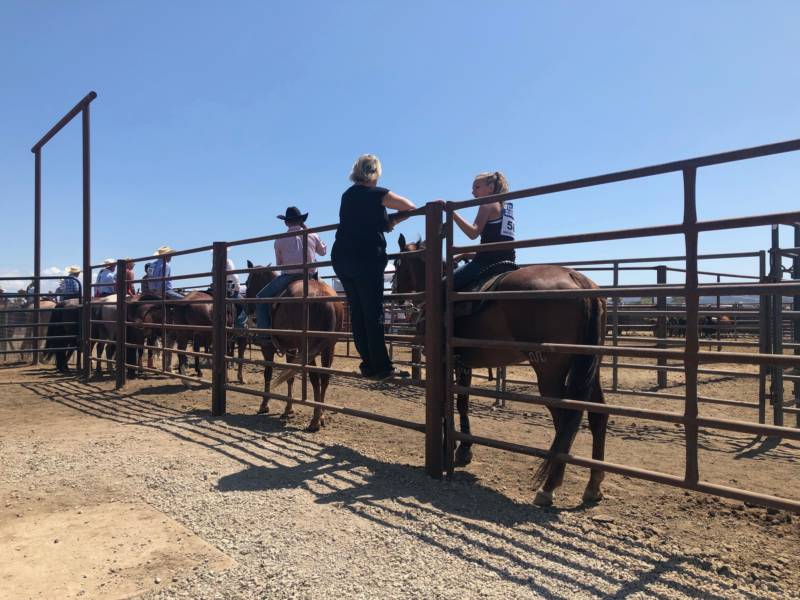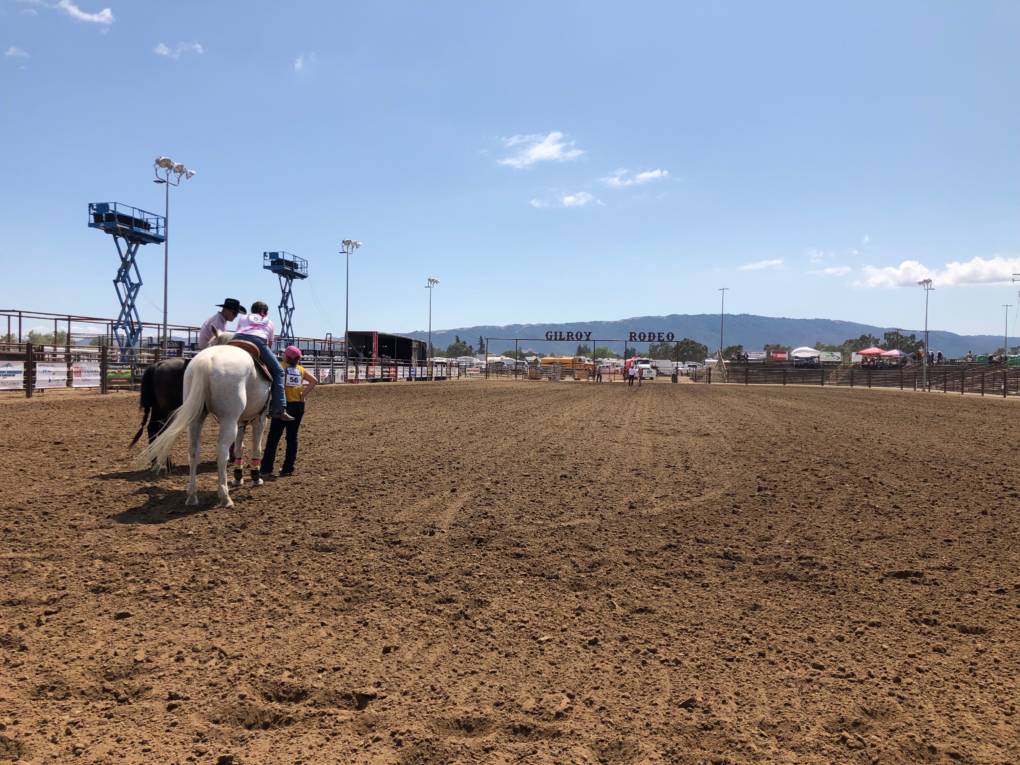Organizers of the Gilroy Rodeo have roughly doubled the security at this weekend’s event after a gunman killed three people at the Gilroy Garlic Festival two weeks ago.
Many attendees felt safe because of the extra security, so they could focus on the rodeo.
Jim Hosse was one of them. He's a self described cowboy and lives in Gilroy. Ever since he was 12, he’s been working with cattle or making saddles. He considers the annual rodeo a kind of homecoming.
"There's guys here that I haven't seen in 10 years... and you just kind of pick up where you left off," explained Hosse.


